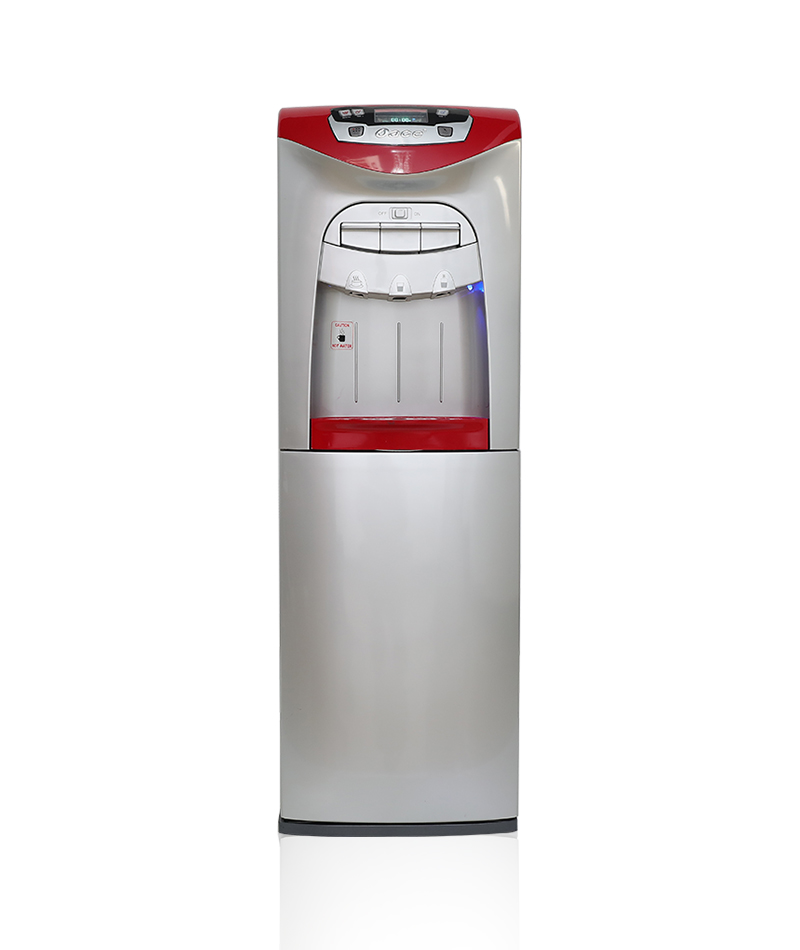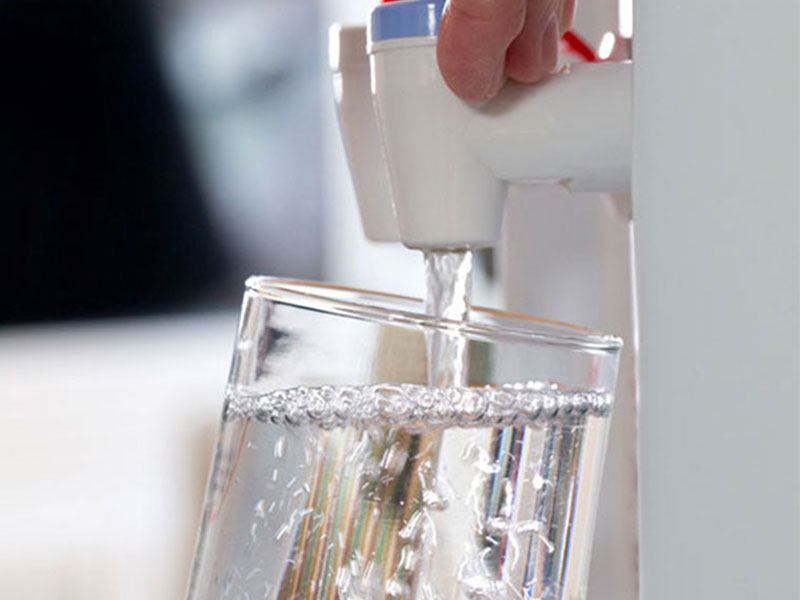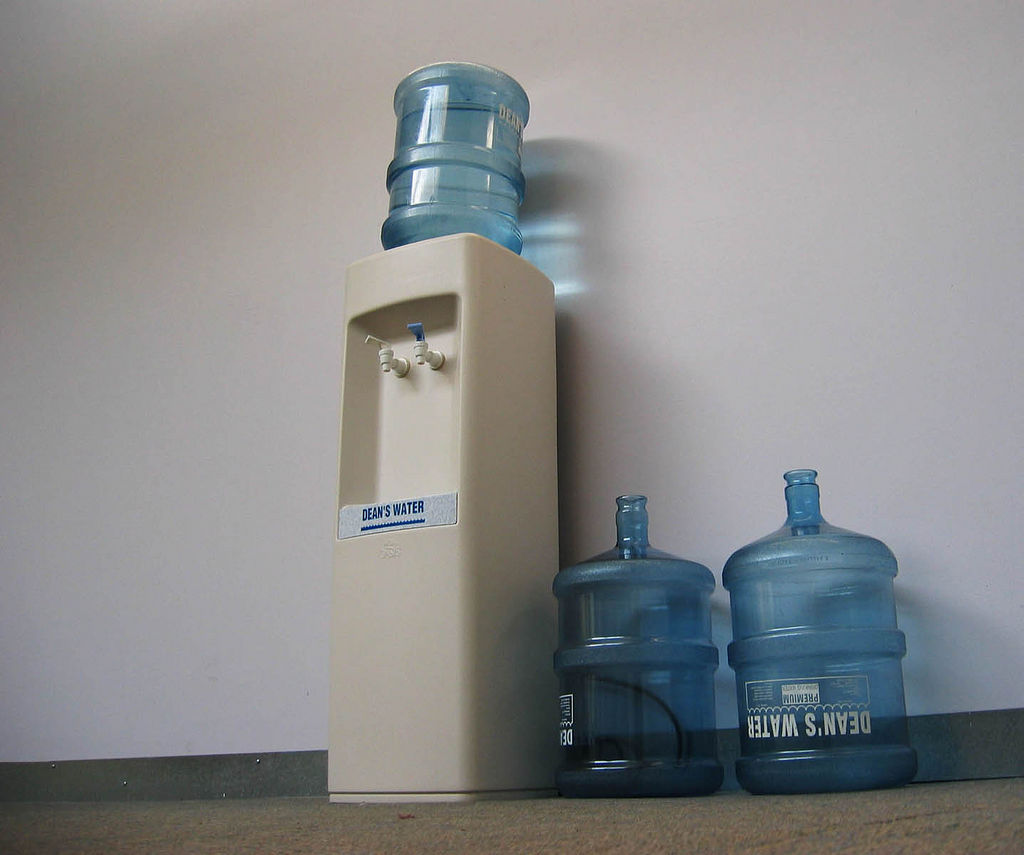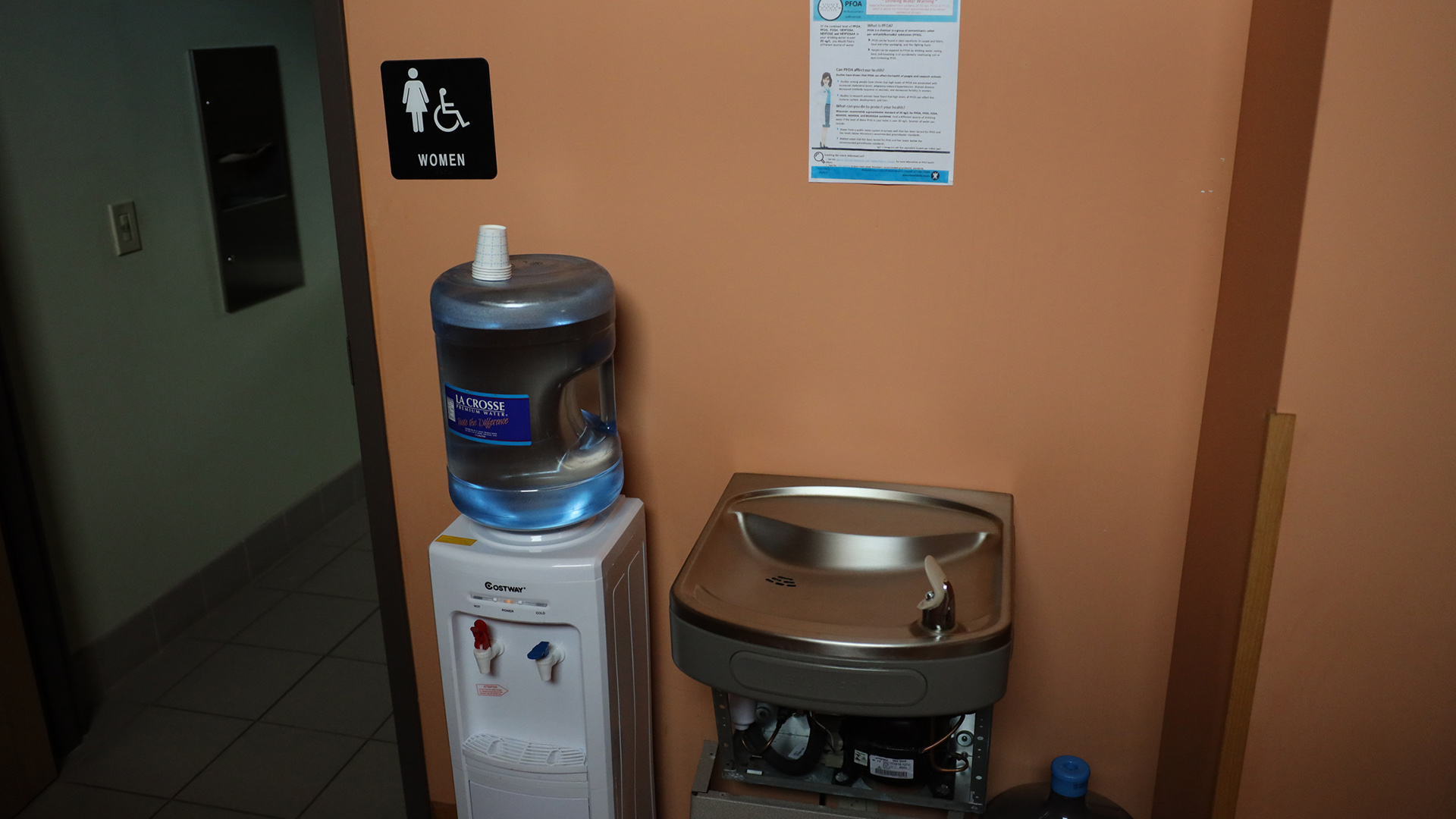Water dispensers have become a ubiquitous feature in homes, offices, and public spaces, providing a convenient and accessible way to quench our thirst. However, beneath the surface of this modern convenience, there lurks a potential for health risks that often go unnoticed. As we rely more on these water dispensers for our daily hydration needs, it is crucial to understand the possible concerns and take proactive measures to ensure our well-being. In this comprehensive article, we will delve into the water dispenser health risks, exploring the underlying causes and the steps you can take to mitigate these concerns. From the dangers of bacterial contamination to the potential presence of harmful chemicals, we will equip you with the knowledge to make informed decisions about your water consumption and maintain a healthy, secure water source.
Whether you are a homeowner, an office manager, or simply a conscious consumer, this guide will empower you to navigate the world of water dispensers with a discerning eye, prioritizing your health and the health of those around you. Prepare to uncover the hidden risks and learn how to transform your water dispensing experience into a safe and reliable one.
Bacterial Contamination: The Unseen Threat
One of the primary health concerns associated with water dispensers is the risk of bacterial contamination, which can pose serious consequences for your well-being.
The Breeding Ground for Microorganisms
Water dispensers, particularly those with standing water, can create an ideal environment for the proliferation of harmful bacteria, posing a significant health risk.
Stagnant Water and Biofilm Formation
The stagnant water in water dispensers can lead to the development of biofilms, which are colonies of bacteria that adhere to the inner surfaces of the dispenser.
Inadequate Cleaning and Maintenance
Neglecting regular cleaning and maintenance of water dispensers can exacerbate the problem, allowing bacterial growth to thrive unchecked.
The Dangers of Consuming Contaminated Water
Exposure to water contaminated with harmful bacteria can lead to a range of health issues, some of which can be quite severe.
Gastrointestinal Illnesses
Consuming water contaminated with bacteria can result in gastrointestinal problems, such as diarrhea, vomiting, and abdominal cramps.
Increased Risk of Serious Infections
In some cases, the presence of pathogenic bacteria in the water can lead to more serious infections, potentially requiring medical intervention.
Choosing Quality Water Sources
The quality of water used in dispensers is another significant factor affecting health. Tap water, well water, or bottled water can all have varying levels of contaminants. Trustworthy water sources minimize health risks associated with waterborne pathogens. High-quality bottled water, for example, undergoes rigorous testing and filtration processes to ensure cleanliness.
Identifying Good Water Sources
When selecting water sources, always research local regulations and standards. Bottled water companies should provide certifications regarding their purification processes. Additionally, look for labels indicating consistent monitoring for contaminants. If opting for tap water, consider water filtration systems that remove impurities effectively.
Risks with Improper Water Handling
Improper handling of water bottles poses additional risks. Always store water bottles in a cool, dark place to prevent bacterial growth. Avoid leaving opened bottles in warm areas or exposed to sunlight. When handling water bottles, ensure clean hands to reduce the risk of introducing contaminants.
Chemical Contaminants: The Hidden Dangers
In addition to the risks of bacterial contamination, water dispensers may also harbor chemical contaminants that can pose a threat to your health.
Leaching of Harmful Substances
The materials used in the construction and components of water dispensers can potentially release chemical substances into the water, compromising its purity.
Plastic Components and Bisphenol A (BPA)
Older water dispensers may contain plastic components that can leach Bisphenol A (BPA), a chemical linked to various health concerns.
Lead and Heavy Metal Contamination
Some water dispenser components, such as lead-based solders or brass fittings, can contribute to the presence of heavy metals in the water.
Exposure to Disinfection By-Products
The water used to fill water dispensers may also contain disinfection by-products, which can arise from the water treatment process.
Trihalomethanes and Haloacetic Acids
These chemical compounds, formed during the chlorination of water, have been associated with potential water dispenser health risks.
Potential Long-Term Consequences
Prolonged exposure to chemical contaminants in water dispensers can increase the risk of chronic health issues, such as reproductive problems or cancer.
Mitigating the Risks: Proper Maintenance and Filtration
To address the health concerns associated with water dispensers, it is essential to implement proper maintenance and filtration strategies.
Regular Cleaning and Disinfection
Establishing a robust cleaning regimen is crucial to prevent the accumulation of bacteria and maintain the water dispenser’s integrity.
Thorough Cleaning Procedures
Regularly disassembling and cleaning the water dispenser’s internal components, such as the water tank and tubing, can help eliminate bacterial growth.
Disinfection with Approved Cleaners
Using recommended disinfectants and following the manufacturer’s instructions can effectively eliminate harmful microorganisms.
Implementing Effective Filtration
Incorporating a reliable water filtration system can significantly reduce the presence of both bacterial and chemical contaminants in the water.
Choosing Appropriate Filter Types
Selecting filters certified to remove specific contaminants, such as lead or disinfection by-products, can provide an additional layer of protection.
Regular Filter Replacement
Ensuring that the water dispenser’s filters are replaced at the recommended intervals is crucial to maintain their effectiveness.
Monitoring Water Quality
Regularly testing the water from your water dispenser can help identify any potential issues and guide your maintenance and filtration efforts.
Conducting Water Quality Tests
Seek out professional water testing services or use reliable home testing kits to assess the water’s purity.
Staying Informed about Regulatory Standards
Familiarize yourself with the local water quality standards and guidelines to ensure your water dispenser meets the necessary safety requirements.
Understanding Material Risks
Plastic Concerns
The materials used in water dispensers can pose additional risks. Plastic bottles may leach harmful chemicals into the water over time. Chemicals such as BPA (Bisphenol A) have raised concerns about potential health effects. Research suggests that BPA exposure may disrupt hormonal balance in some individuals.
Moreover, the quality of plastic varies significantly among manufacturers. Low-quality plastics may degrade faster, releasing harmful substances into the water. Therefore, choosing high-quality materials is essential for user safety. Look for bottles labeled as BPA-free or made from safer alternatives.
Additionally, prolonged exposure to sunlight can exacerbate these issues. UV rays may break down the plastic, allowing harmful chemicals to leach more readily. Therefore, it’s best to keep dispensers away from direct sunlight. By understanding the risks associated with plastic materials, users can make more informed choices.
Metal Concerns
Metal-based dispensers also pose unique health risks. Metal can corrode over time, especially in moist environments. This corrosion can lead to the leaching of metals such as lead or copper into the water supply. These metals can cause severe health problems if ingested over time.
Furthermore, some metals may react with certain contaminants in the water. For example, when acidic water comes into contact with copper, harmful compounds can form. These compounds pose additional health risks. Regular maintenance is essential for metal dispensers to mitigate these risks.
An additional factor to consider is the potential for chemical reactions with cleaning agents. If not rinsed properly, these chemicals can interact with the metal surface. Consequently, they may create harmful byproducts. Hence, it is vital to be cautious when cleaning any metal components.
Recognizing Symptoms of Illness
Understanding the symptoms of illnesses related to contaminated water is critical. Many people may not realize the source of their ailments. Being aware of these signs is essential for prompt action and prevention.
Gastrointestinal Symptoms
Gastrointestinal symptoms such as diarrhea, nausea, and vomiting are common indicators of water contamination. These symptoms can arise swiftly after consumption of tainted water. In some cases, gastrointestinal disorders can escalate rapidly, leading to severe dehydration.
Respiratory Symptoms
For waterborne pathogens like Legionella, respiratory symptoms can manifest. These may include fever, cough, and shortness of breath. Symptoms may initially seem mild but can worsen significantly over time. If respiratory issues arise after consuming water from a dispenser, seek medical attention immediately.
Conclusion: Prioritizing Health and Safety in Water Dispensing
The water dispenser health risks are not to be taken lightly. As we have explored in this comprehensive article, the potential for bacterial contamination and chemical contaminants poses a genuine threat to our well-being, underscoring the importance of addressing these concerns proactively.
By understanding the underlying causes and the steps necessary to mitigate these risks, you can take control of your water consumption and prioritize the health and safety of yourself and those around you. Whether you are responsible for maintaining a water dispenser in a professional setting or ensuring the well-being of your family at home, this guide has equipped you with the knowledge to navigate the world of water dispensers with confidence.
Embrace the power of proper maintenance, effective filtration, and regular water quality monitoring to transform your water dispensing experience. By implementing these strategies, you can enjoy the convenience of water dispensers while safeguarding your health and the health of your community.
Remember, the health risks associated with water dispensers are not something to be ignored. By staying informed, taking proactive measures, and making informed decisions, you can unlock the full benefits of water dispensers while ensuring a safe and secure water source. Prioritize your well-being, and let this guide be the catalyst for a healthier, more sustainable water dispensing practice.

